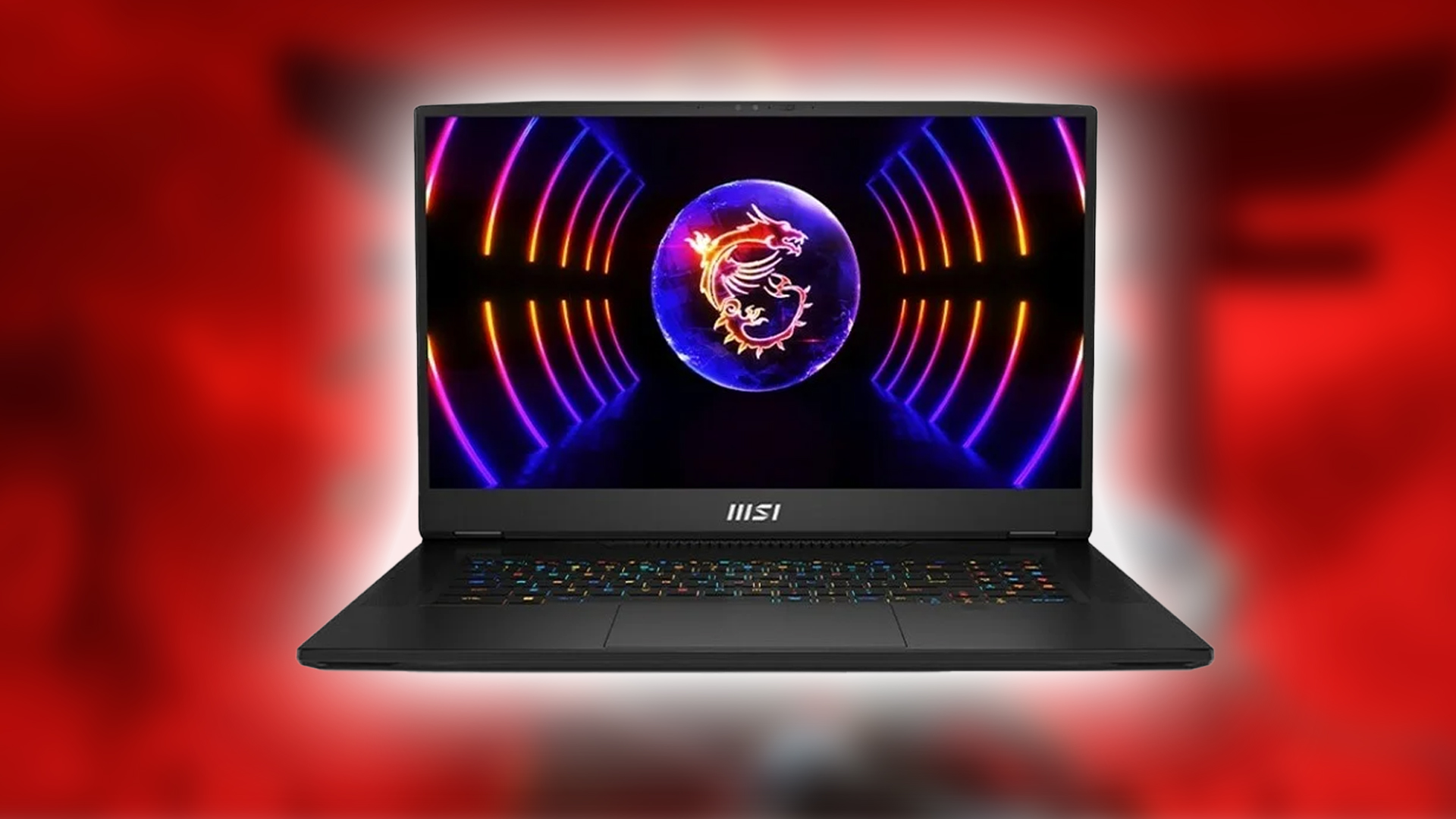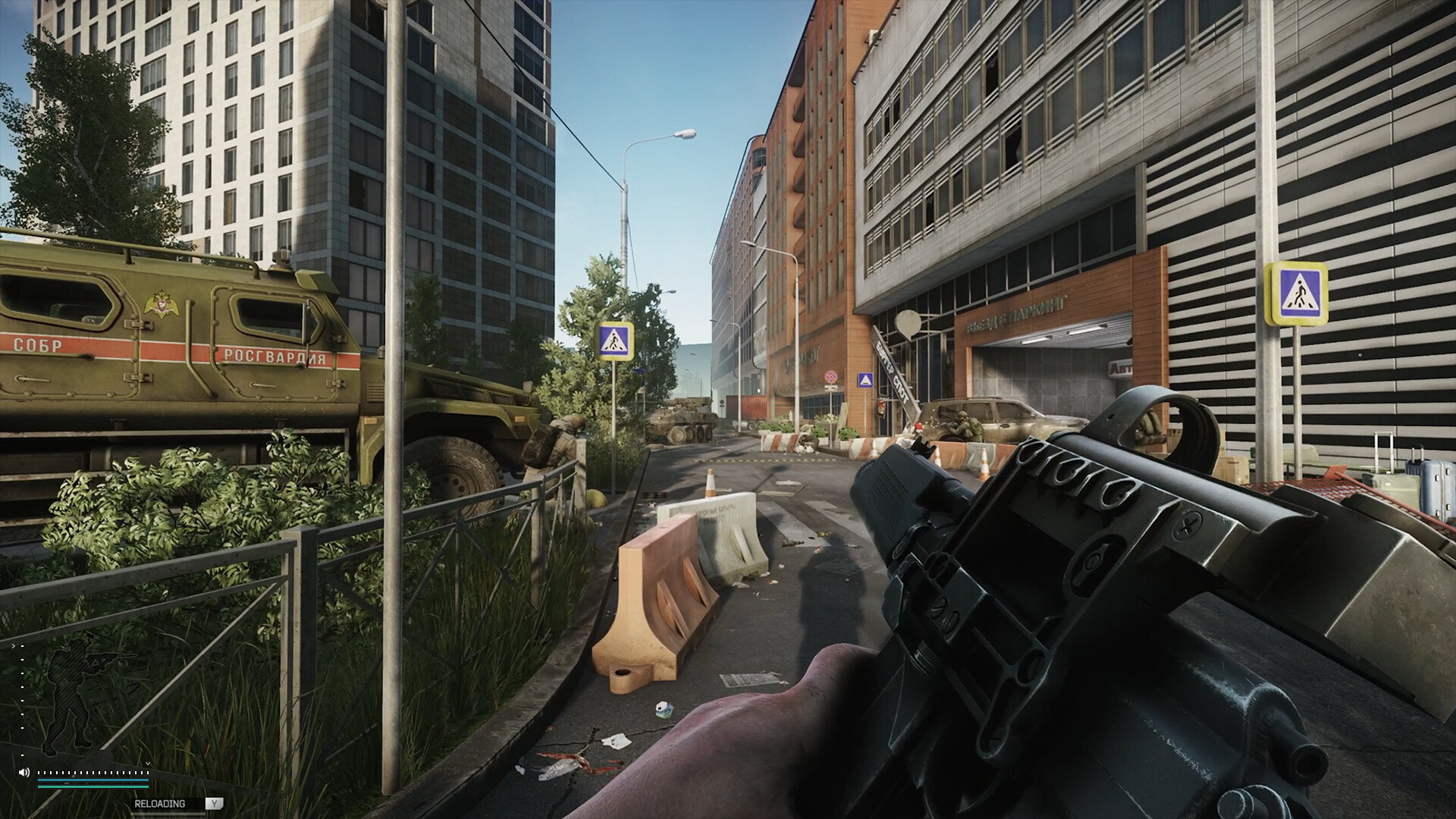In 2025, gaming laptops rival desktops in raw CPU power, but GPU differences remain. Discover how close the performance gap is—and what specs matter.

Over the past couple of years, desktop and laptop performance have been neck and neck. The only drawback laptops have is their cooling solution, while the rest are incredibly powerful. A decade ago, laptops had only two cores and four threads from Intel. AMD had little to offer that was compelling. Fast forward to today, we have handhelds with eight cores, and that too with the most updated CPU architecture. The gap between mobile and desktop gaming is closing rapidly. Here is what has happened so far.
Note- This article provides a surface-level knowledge and scratches the surface of real-world concepts. To go super in-depth, you need to check media outlets such as Gamers Nexus, Level 1 Techs, Jarrod’s Tech, etc.
Gaming Laptops: Closing the Compute Performance Gap

With the introduction of HX series processors in recent years from both Intel and AMD. Mobile chips have become significantly more powerful. What’s happening is that manufacturers such as Intel and AMD are pushing incredibly high clocks within them. Alongside identical core configurations to their desktop alternatives, for example, the Intel Core i9-14900HX (laptop) has the exact same core count as the Core i9-14900K (found on the desktop). The technology is almost the same, except VPro support varies from laptop to laptop. Otherwise, everything that makes the processor is basically the same.
Performance Comparison
| Metric | Core i9-14900HX (Laptop) | Core i9-14900K (Desktop) |
| Base Clock | 2.2 GHz | 3.2 GHz |
| Max Turbo Clock | 5.8 GHz (short burst) | 5.7 GHz (sustained with tuning) |
| TDP | 55W (base) / 157W (turbo) This can vary vendor to vendor | 125W (base) / 253W (Intel spec turbo) |
| Cinebench R23 Multi | 29,511–34,516 | 38,700–41,000 (Intel spec) |
| Max Package Temp | 100°C (thermal throttle) | 100°C (thermal throttle) |
| 3DMark Time Spy CPU | 20,657 (best case) | 23,450 (Intel spec 253W) |
From the table, we can see two CPUs, their core configurations, and a few official benchmarks sourced from Reddit, which represent the current performance offered by the mobile chips. Several critical points are visible. The first one is power efficiency. The 14900HX delivers around 85% of the 14900K’s performance, at 60% lower power draw (157W vs 253W).
Thanks to Intel’s DTT (Dynamic Tuning Technology), which caps mobile power at 100-120W to prevent thermal overload. Second, the clock speed on short bursts somewhat matches that of the 14900K, albeit in brief bursts, but it’s getting there. Imagining this a couple of years back would have just been a dream come true. Sadly, both the Laptop and Desktop iterations of the Raptor Lake CPUs have degradation issues; purchasing a brand-new Raptor Lake refresh-powered laptop, even at a very aggressive sale price, isn’t recommended in 2025.
Real World Gaming and Efficiency

With all those technical details aside, how efficient is it, and how does it game? When it comes to gaming, GPU performance deserves a shoutout too. Unfortunately, GPUs on mobile devices have been limited, but they are not yet available, solely due to their power limitations; their performance is nowhere near as good. As a real-world example, although it wouldn’t be apples to apples, it illustrates how laptop vendors use FOMO to outsell you. For instance, if you compare a desktop RTX 4070 Ti Super with a laptop RTX 4090.
The desktop card still outperforms its laptop counterpart — even when the laptop GPU is branded as a “90-class” and the desktop one is merely a “70-class.” That’s marketing for you. This is why, when buying a gaming laptop, don’t get fooled by the GPU model alone. For example, just because a laptop says it has an RTX 5070 or 4070, it doesn’t mean it performs anything like the desktop version. These are mobile chips, and manufacturers heavily limit them by power and thermal constraints. Always look at the CPU, cooling, and total system wattage — not just the flashy GPU name. Stay sharp, don’t get swayed. Buy smart.
The one exception? The RTX 4060 Laptop GPU shares a similar core count and architecture with the desktop version, and in most cases, it comes surprisingly close to matching its performance.
On the CPU side of things, the performance per watt is much better than in a Desktop, and if you undervolt your laptop’s CPU, you can increase that even further. A stronger CPU will consume more battery, but if you undervolt it, due to its better silicon, it will consume less power and often outperform a lower-end model in terms of battery life, while maintaining its peak performance.
Looking Ahead: What Does This Mean for Gamers?
Long story short, if you want the absolute best performance, the desktop will always win. Instead, if you want the best power efficiency and power-to-performance, with some tuning applied. Nothing beats a laptop at that. Laptops offer a comprehensive range of features, including a high-quality display, a reliable Network Interface Controller (NIC), high-quality gaming audio, a comfortable keyboard, a responsive trackpad, a bundled mouse, ample storage, and more. However, for a PC, you have to purchase everything separately, and customization is virtually infinite; that said, a PC offers better cooling and numerous additional benefits. The CPU compute performance is right there when comparing the HX series with the Desktop chips, but the GPU part is still a miss.
We provide the latest news and “How To’s” for Tech content. Meanwhile, you can check out the following articles related to PC GPUs, CPU and GPU comparisons, mobile phones, and more:
- 5 Best Air Coolers for CPUs in 2025
- ASUS TUF Gaming F16 Release Date, Specifications, Price, and More
- iPhone 16e vs iPhone SE (3rd Gen): Which One To Buy in 2025?
- Powerbeats Pro 2 vs AirPods Pro 2: Which One To Get in 2025
- RTX 5070 Ti vs. RTX 4070 Super: Specs, Price and More Compared
- Windows 11: How To Disable Lock Screen Widgets
 Reddit
Reddit
 Email
Email


